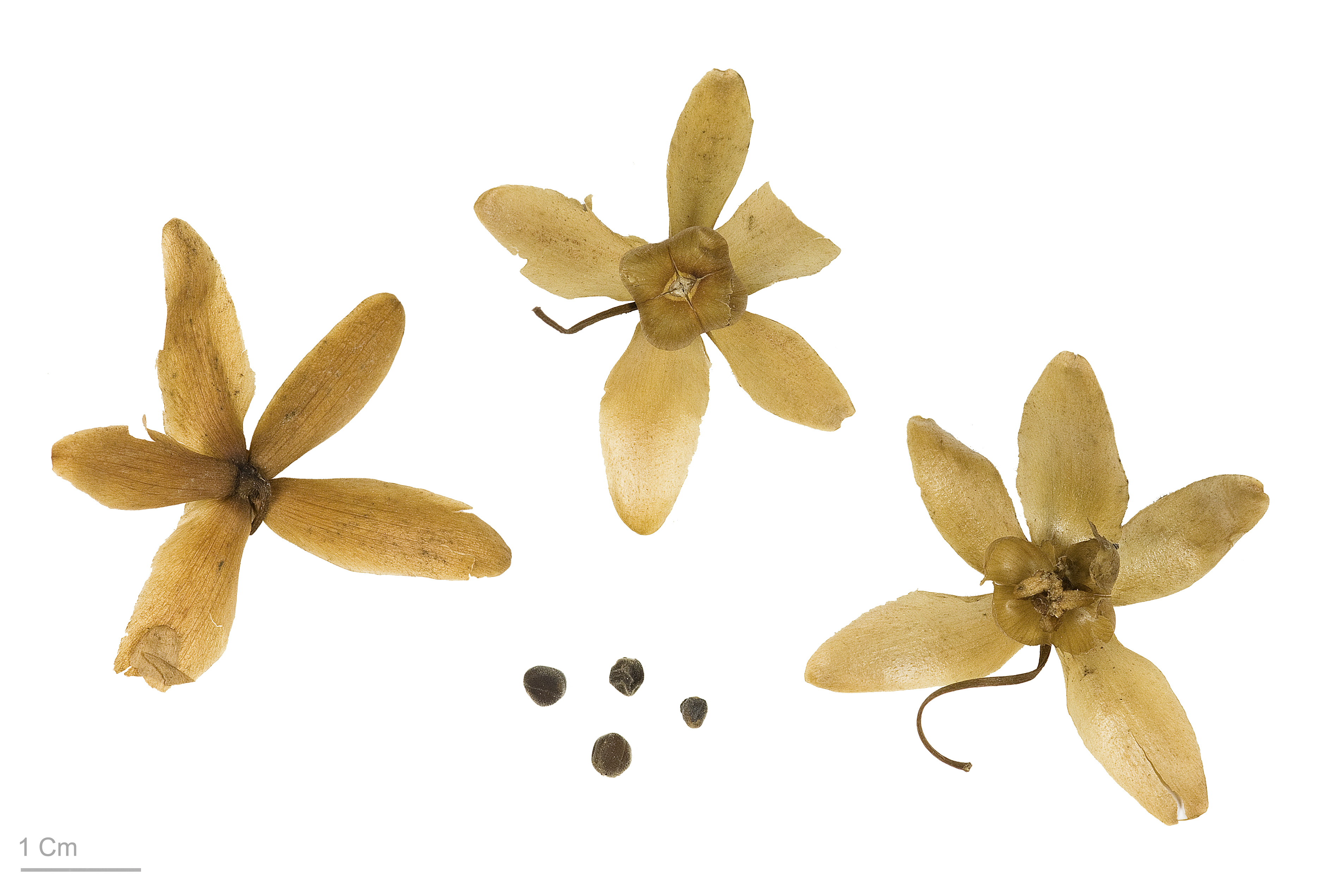Merremia Umbellata on:
[Wikipedia]
[Google]
[Amazon]


 ''Merremia'' is a genus of
''Merremia'' is a genus of

 ''Merremia'' is a genus of
''Merremia'' is a genus of flowering plant
Flowering plants are plants that bear flowers and fruits, and form the clade Angiospermae (). The term angiosperm is derived from the Ancient Greek, Greek words (; 'container, vessel') and (; 'seed'), meaning that the seeds are enclosed with ...
s in the morning glory
Morning glory (also written as morning-glory) is the common name for over 1,000 species of flowering plants in the family Convolvulaceae, whose taxonomy and systematics remain in flux. These species are distributed across numerous genus, gene ...
family, Convolvulaceae
Convolvulaceae (), commonly called the bindweed, bindweeds or morning glory, morning glories, is a Family (biology), family of about 60 genera and more than 1,650 species. These species are primarily herbaceous vines, but also include trees, sh ...
. Members of the genus are commonly known as woodroses.
Species
The following species are recognised in the genus ''Merremia'': *'' M. aniseiifolia'' Ooststr. – hairy woodrose *'' M. caloxantha'' (Diels) Staples & R.C.Fang *'' M. calycina'' (Meisn.) Hallier f. *'' M. calyculata'' Ooststr. *'' M. candei'' (A.Terracc.) Sebsebe *'' M. clemensiana'' Ooststr. – roadside woodrose *'' M. cordata'' C.Y.Wu & R.C.Fang *'' M. crassinervia'' Ooststr. *'' M. dichotoma'' Ooststr. *'' M. discoidesperma'' (Donn.Sm.) O'Donell *'' M. ellenbeckii'' Pilg. *'' M. emarginata'' (Burm.f.) Hallier f. *'' M. gallabatensis'' Hallier f. *'' M. gemella'' (Burm.f.) Hallier f. *'' M. gorinii'' Chiov. *'' M. gracilis'' E.J.F.Campb. & Argent *'' M. grandidentata'' (C.H.Thomps.) Staples & Simões *'' M. gregorii'' Rendle *'' M. hainanensis'' H.S.Kiu *'' M. hederacea'' (Burm.f.) Hallier f. (type
Type may refer to:
Science and technology Computing
* Typing, producing text via a keyboard, typewriter, etc.
* Data type, collection of values used for computations.
* File type
* TYPE (DOS command), a command to display contents of a file.
* ...
) – ivy woodrose
*'' M. hemmingiana'' Verdc.
*'' M. hirta'' (L.) Merr.
*'' M. hornbyi'' Verdc.
*'' M. incisa'' (R.Br.) Hallier f.
*'' M. malvifolia'' Rendle
*'' M. martini'' (H.Lév.) Staples & Simões
*'' M. obtusa'' (Verdc.) Thulin
*'' M. palmata'' Hallier f.
*'' M. pavonii'' (Hallier f.) D.F.Austin & Staples
*'' M. platyphylla'' (Fernald) O'Donell
*'' M. poranoides'' (C.B.Clarke) Hallier f.
*'' M. porrecta'' Pilg.
*'' M. pterygocaulos'' (Choisy) Hallier f.
*'' M. rajasthanensis'' Bhandari
*'' M. retusa'' (Baker) Manitz – rock rosemary
*'' M. setisepala'' Verdc.
*'' M. sibirica'' (L.) Hallier f.
*'' M. spongiosa'' Rendle
*'' M. steenisii'' Ooststr.
*'' M. subsessilis'' (Courchet & Gagnep.) T.N.Nguyen
*'' M. thorelii'' (Gagnep.) Staples
*'' M. truncata'' Verdc.
*'' M. verdcourtiana'' Lejoly & Lisowski
*'' M. verecunda'' Rendle
*'' M. verruculosa'' S.Y.Liu
*'' M. warderensis'' Sebsebe.
*'' M. wurdackii'' D.F.Austin & Staples
*'' M. xanthophylla'' Hallier f.
*'' M. yunnanensis'' (Courchet & Gagnep.) R.C.Fang
Formerly placed here
*'' Operculina turpethum'' (L.) Silva Manso (as ''M. turpethum'' (L.) Rendle) *''Xenostegia medium
''Xenostegia'', the morningvines, are a genus of flowering plants in the bindweed and morning glory family Convolvulaceae, found across the Old World Tropics and Subtropics, from Africa, Madagascar, the Indian Subcontinent, southern Asia and Aust ...
'' (L.) D.F.Austin & Staples (as ''M. medium'' (L.) Hallier f.)
*''Xenostegia tridentata
''Xenostegia'', the morningvines, are a genus of flowering plants in the bindweed and morning glory family Convolvulaceae, found across the Old World Tropics and Subtropics, from Africa, Madagascar, the Indian Subcontinent, southern Asia and Aust ...
'' (L.) D.F.Austin & Staples (as ''M. tridentata'' (L.) Hallier f.)
Uses
In the Indigenous system of Medicine, ''Ipomoea reniformis'' chois is also known as ''Merremia emarginata'' (Burm.f.) Hallier f. has been claimed to be useful for cough, headache, neuralgia, rheumatism, diuretic, inflammation, fever due to enlargement of liver and also in kidney diseases. The tribal people use this plant for deobstruent, diuretic, rheumatism, neuralgia, cancerous wounds, migraine, purgative, snake bites, ulcer, abscesses and glandular swelling.References
External links
{{Taxonbar, from=Q141173 Convolvulaceae genera